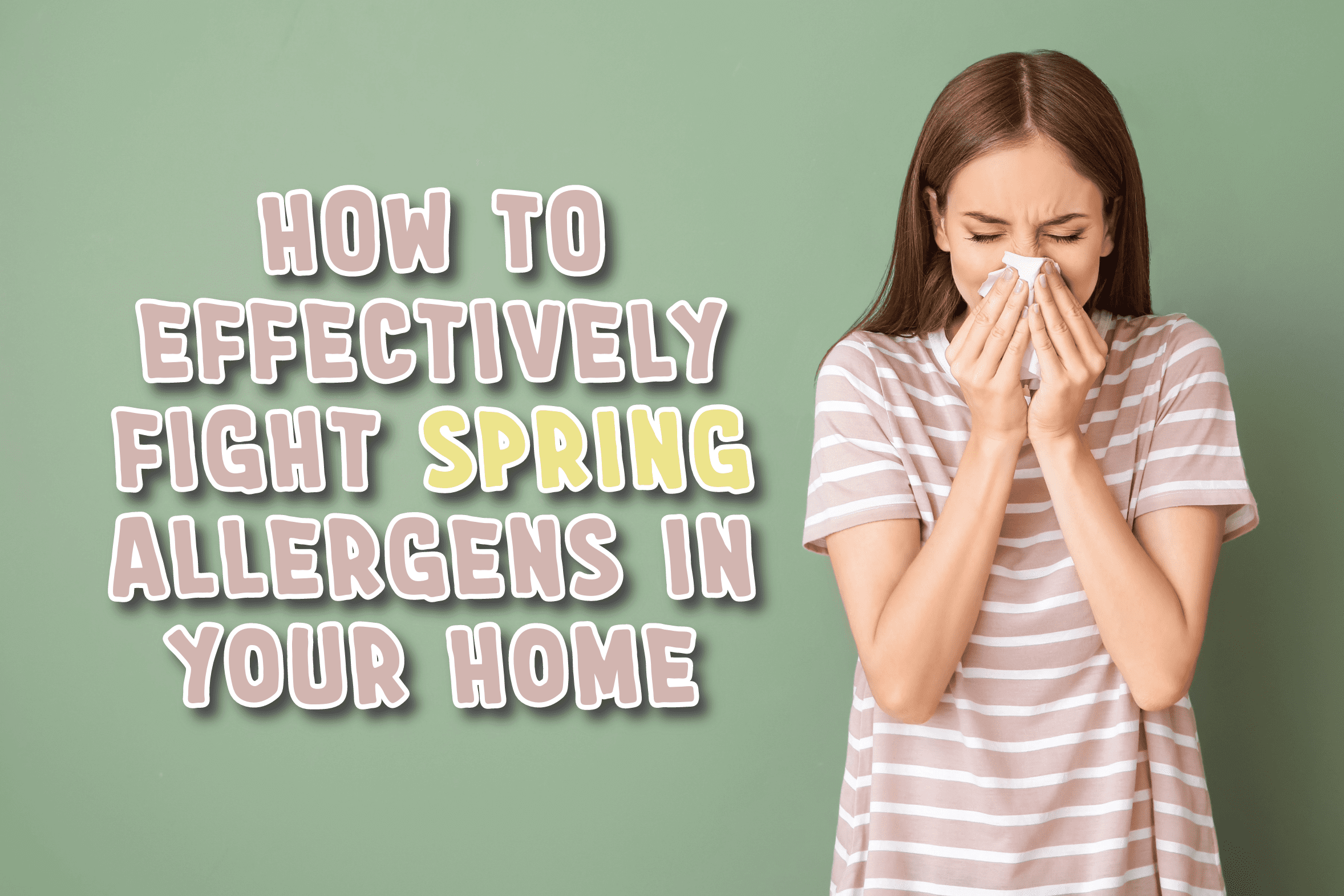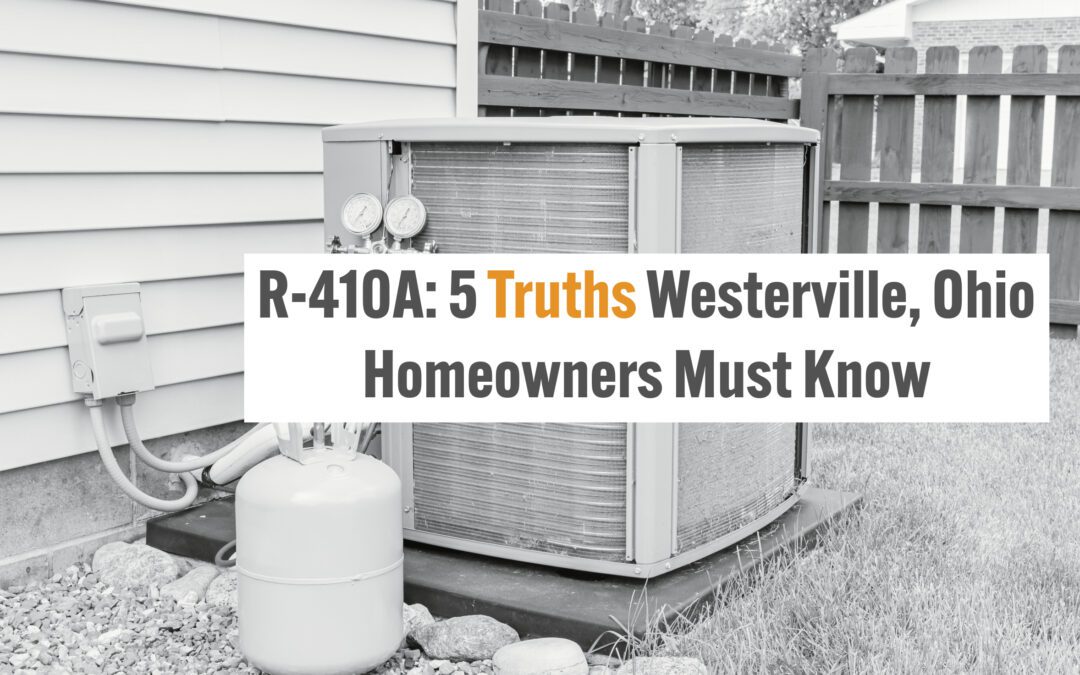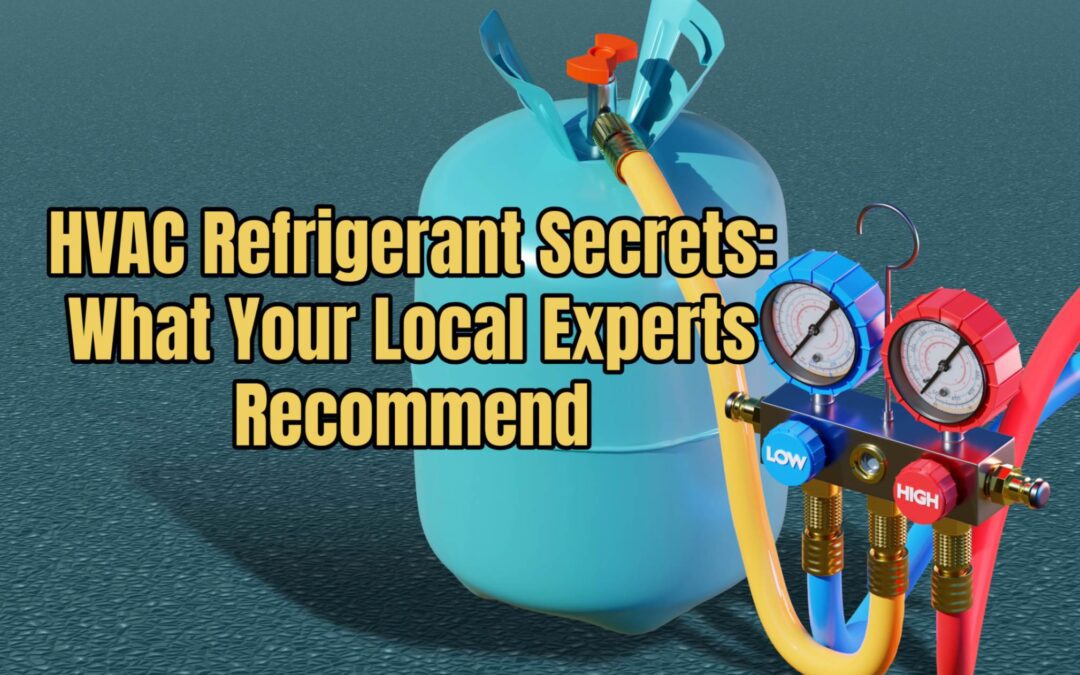March 19th marks the arrival of spring this year. While spring brings warmer weather and vibrant blooms, it also brings seasonal allergies for many residents of Ohio. Unsurprisingly, seasonal allergies can result in various unpleasant symptoms – these of which are commonly referred to as hay fever. If you happen to be among the individuals in Ohio who suffer from allergies, Westerville Air Conditioning & Heating is here to offer some practical solutions to combat allergens in your home. So, please keep reading!
Do You Know What the Symptoms of Hay Fever Are?
Hay fever, scientifically referred to as allergic rhinitis, is the predominant form of allergy that’s prevalent in Ohio. It arises when the immune system reacts excessively to allergens like pollen, leading to the release of histamines that induce allergic symptoms. These symptoms can vary in intensity, persisting for weeks or even months.
Some common hay fever symptoms include:
· Sneezing
· Runny or stuffy nose
· Itchy eyes, mouth, throat or skin
· Ear congestion
· Postnasal drip
If you consistently encounter these symptoms in the spring and summer, it is likely that you are suffering from hay fever due to allergens in Ohio.
Do You Know Why Ohio’s Geography Causes Allergies?
Before delving into the topic of allergens, it is beneficial to comprehend the factors contributing to Ohio’s elevated pollen and allergy levels. Ohio’s terrain encompasses a blend of urban areas, farmland, forests, lakes, and rivers, each hosting a diverse array of plants and trees that produce pollen. Moreover, this landscape diversity introduces various environmental elements that can exacerbate allergies, resulting in the release of a wide range of pollen throughout the year. Consequently, the allergy season in Ohio spans an extended period, typically extending from February to November.
Do You Know What Types of Allergens There Are?
These include but are not limited to:
· Tree Pollen: Pollen from trees such as oak, maple, birch, cedar, pine, and hickory can elicit allergic reactions, particularly in the spring season.
· Grass Pollen: Various grasses like Kentucky bluegrass, timothy grass, and Bermuda grass release pollen, leading to allergies, especially in late spring and early summer.
· Weed Pollen: Ragweed, a prevalent weed in Ohio, produces abundant pollen during late summer and early fall, causing allergies for many individuals.
· Mold Spores: Mold spores are a common allergen in Ohio, thriving on decaying vegetation, leaves, and other organic matter.
Do You Know How to Fight Off Allergens in Your Home with Practical Home Solutions?
While it may be challenging to completely prevent allergies, there are a number of practical measures that can be taken to mitigate the impact of allergens within your home.
1. Ensure windows are closed during peak pollen season (typically spring and summer).
2. Regularly vacuum with a HEPA filter to eliminate allergens from carpets and furniture.
3. Wash bedding and curtains regularly in hot water to eliminate pollen and other allergens.
4. Promptly shower after outdoor activities to remove any pollen or allergens clinging to the body.
5. Dust frequently, with special attention to areas like bookshelves and surfaces prone to dust accumulation.
6. Regularly replace air filters to prevent the circulation of allergens in your home. A good rule of thumb is every 1-2 months.

Fun Fact: Hay Fever impacts approximately 1 in 5 individuals at least once in their lifetime.
Do You Know How to Fight Off Allergens in Your Home with Professional Solutions?
While incorporating practical home solutions into your daily life is the optimal approach for immediate relief, there may be instances where exploring professional solutions or services becomes necessary. Here are a few recommendations you may want to consider:
A Whole-home Purifier – A comprehensive whole-home air purification system can be seamlessly integrated into your HVAC system, providing continuous air cleaning and purification for your home. One good example is the iWave as it utilizes advanced ionization technology to effectively reduce allergens, bacteria, viruses, and other particles that may provoke allergies and respiratory concerns.
A Whole-home Dehumidifier – Elevated humidity levels can foster an optimal environment for allergens and other airborne contaminants. By incorporating a whole-home dehumidifier into your home, you can effectively diminish excessive moisture, ultimately rendering it less favorable for the proliferation of these allergens.
A Smart Thermostat – A smart thermostat can monitor humidity levels in your home and notify you if any action needs to be taken to resolve it. Additionally, it can also notify you if your air filters are due for a change. So, if you have not gotten one yet, now may be the time to consider doing so!
A Duct Cleaning – Based on the EPA’s findings, indoor air pollution can reach levels up to five times higher than outdoor air. This pollution encompasses allergens like pollen, dust mites, and mold spores that tend to accumulate in residential ductwork. Opting for professional air duct cleaning can enhance the overall air quality within your home and alleviate allergy symptoms. Moreover, this service typically only needs to be performed every three to five years.
Interested in any of these options? Give us a call to discuss what may be the best fit for you, your family, and your home!
Allergies are a prevalent issue for many individuals. However, by implementing these practical solutions, you can effectively mitigate their impact on your daily life. With these practical measures discussed in this blog, you can fully enjoy the spring season without enduring constant suffering. Take charge of your allergies today, and remember to reach out to us for all your HVAC air quality needs.
Count on Westerville Air Conditioning & Heating for anything HVAC-related! Call us today at (614) 810-0075, or schedule an appointment online now by clicking here!







